We are excited to be featured in the July issue of selvedge magazine. We have long been fans of the UK magazine, which is artfully designed with lush photos and creative illustrations, and, like browngrotta arts, economical in its use of capital letters. We have a large collection of back issues, stockpiled for reference and inspiration.
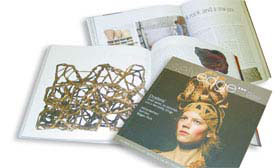
Issue 10
A ROCK AND A SLOW PACE: Sue Lawty Interview
MUTUAL ADMIRATION: Bamboo has inspired artists worldwide by Nancy Moore Bess
Issue 10 was a particular favorite, not surprisingly, with an insightful profile of Sue Lawty, “A rock and a slow pace” followed by an update on bamboo artwork by Nancy Moore Bess, “Mutual Admiration: Bamboo Has Inspired Artists Worldwide.” But we also loved the piece on fashion drawings in the letters of Jane Austen, “Detailed statements” in the Romance issue (34) and the introduction to Indian embroidery in Issue 00. The magazine is a great source of information about what’s current and what’s past in textile art and design, interiors, fashion — around the world. Founded by Polly Leonard in 2003, selvedge is intentionally produced “with the time, thought and skill” required in textile practice. The magazine ably succeeds in its aim of “see[ing] the world through a textile lens, but cast[ing] our eye far and wide looking for links between our subject and achievements in other fields from architecture to archeology”— in this case, as far as Wilton, Connecticut.
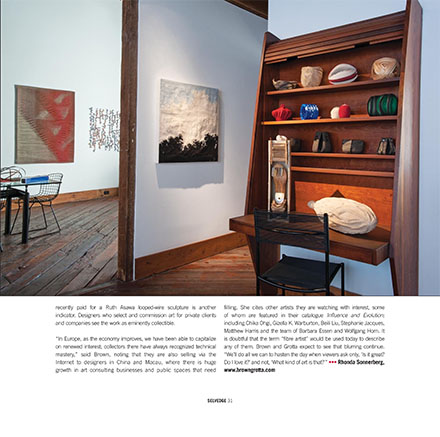
page 31 July Selvedge magazine. Pictured works by Lia Cook, Marian Bijlenga, Sara Brennan, Kay Sekimachi, Noriko Takamiya, Nancy Moore Bess, Keiji Nio, Birgit Birkkjaer, Lenore Tawney
As we were preparing our Of Two Minds: Artists Who Do Two of a Kind exhibition in 2014, selvedge sent Rhonda Sonnenberg to interview us for a piece. Sonnenberg has written about fiber artists for some time, including Kate Anderson, Lisa Kokin and Fran Gardner, and we’ve talked shop with her at SOFAs in years past. Over the couple of hours she was in Wilton, we discussed with her the changes we have seen in the field in our two-dozen plus years promoting art textiles and we talked about some of the artists we were watching with interest. The conversation was a good prelude to our show that followed in 2015, Influence and Evolution: Fiber Sculpture…then and now, in which we highlighted work by 15 of the newer-to-the field artists whose work we admire. The selvedge article, “Consuming Fibre,” features photographs of work by many browngrotta artists. You can buy a copy online, through the Selvedge store at: http://www.selvedge.org.



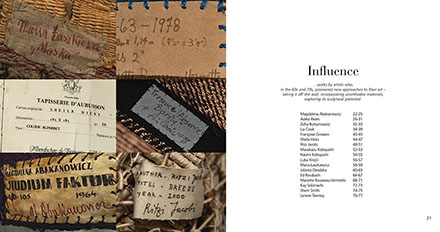
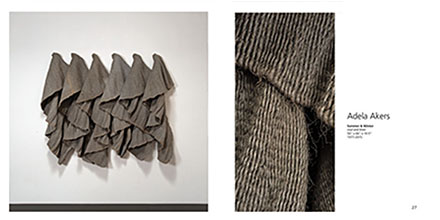



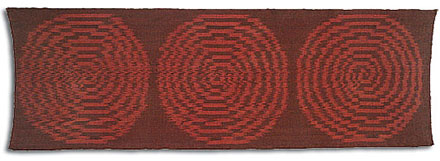
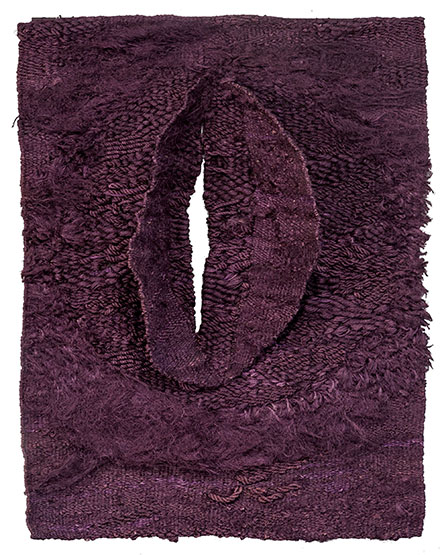
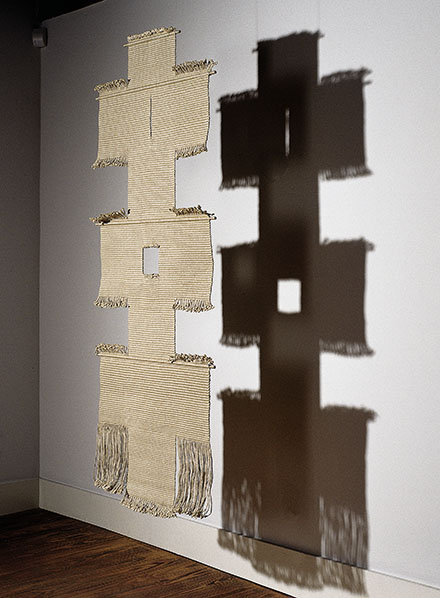
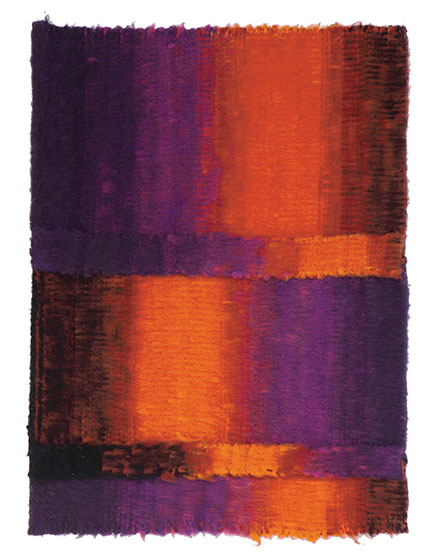


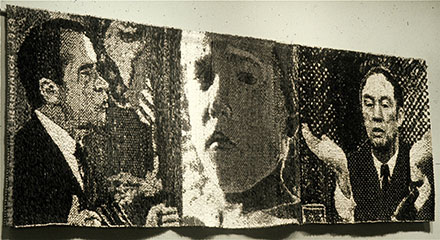
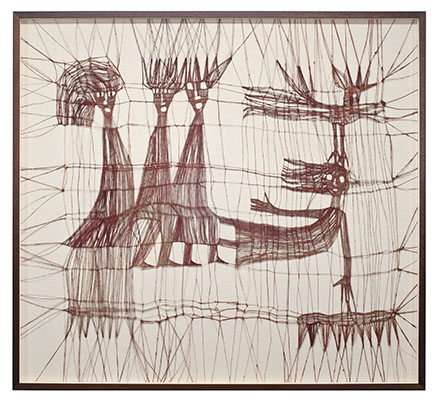
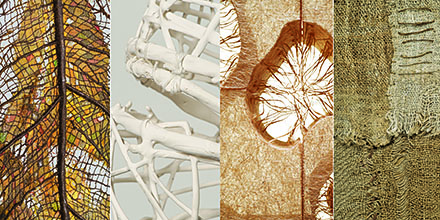
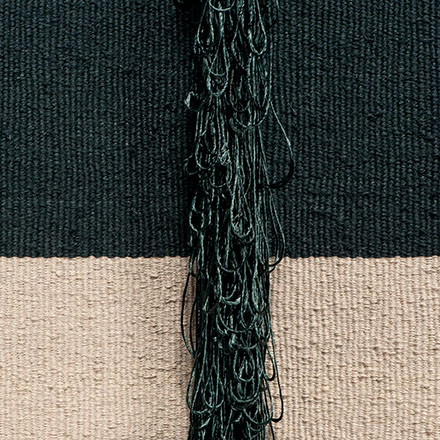

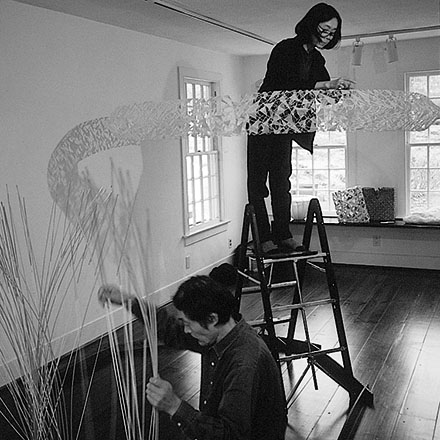
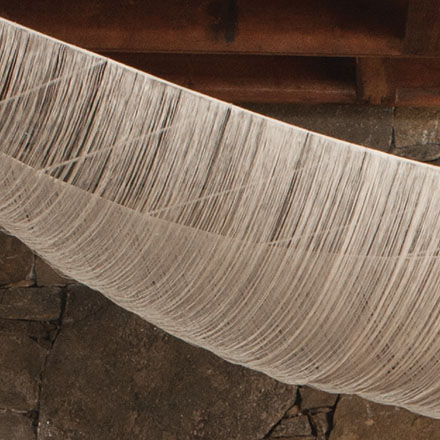
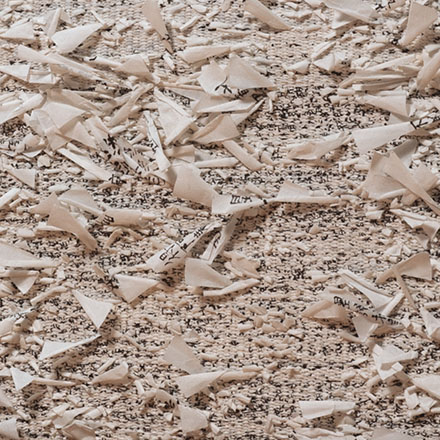
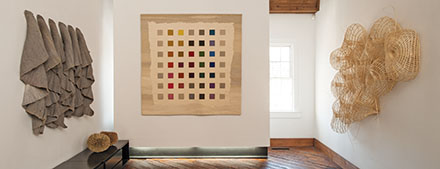
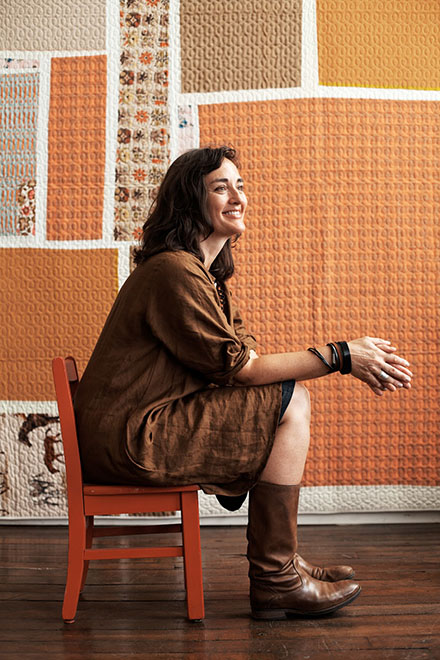

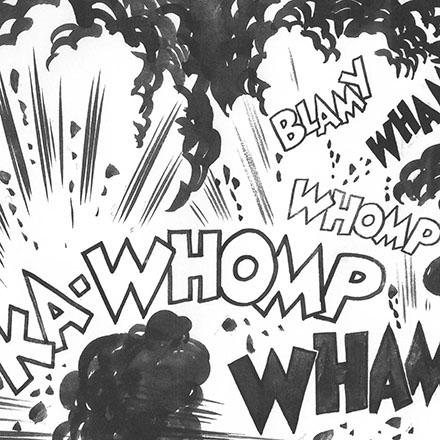
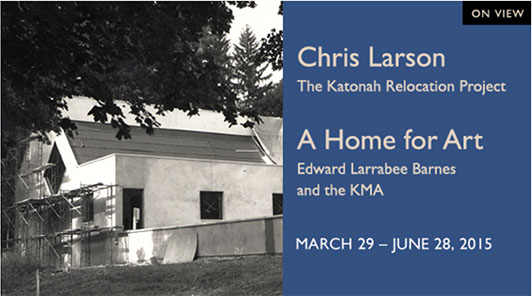


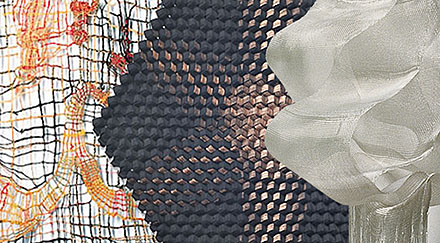
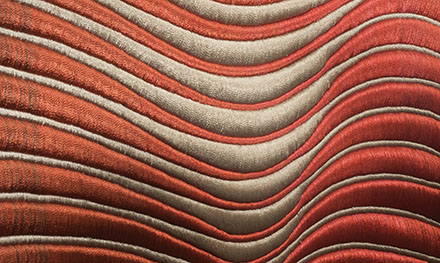

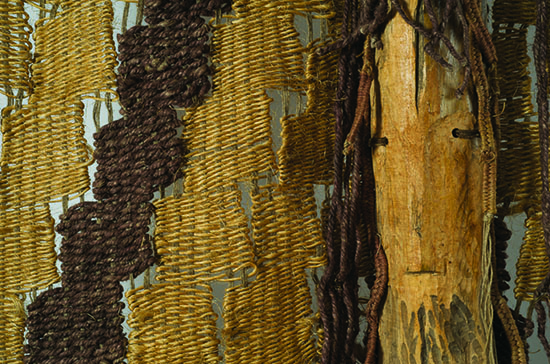
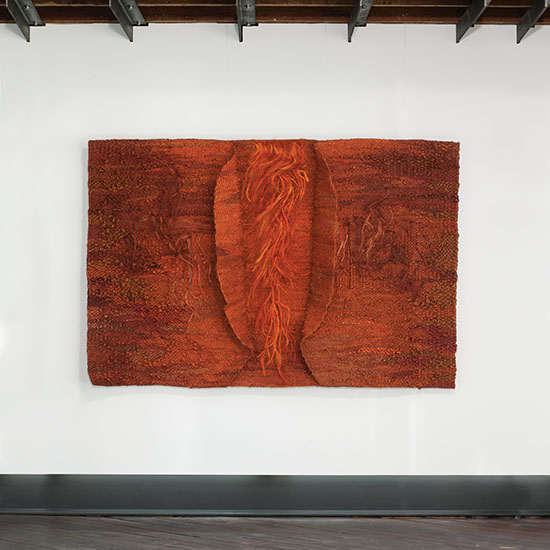
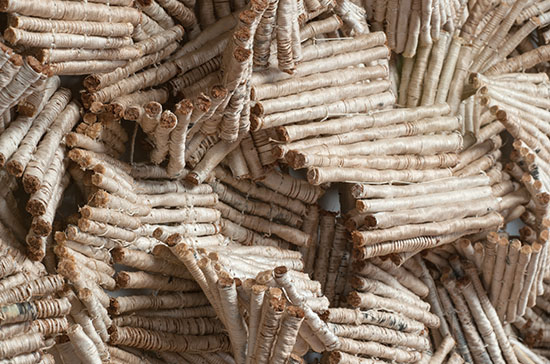
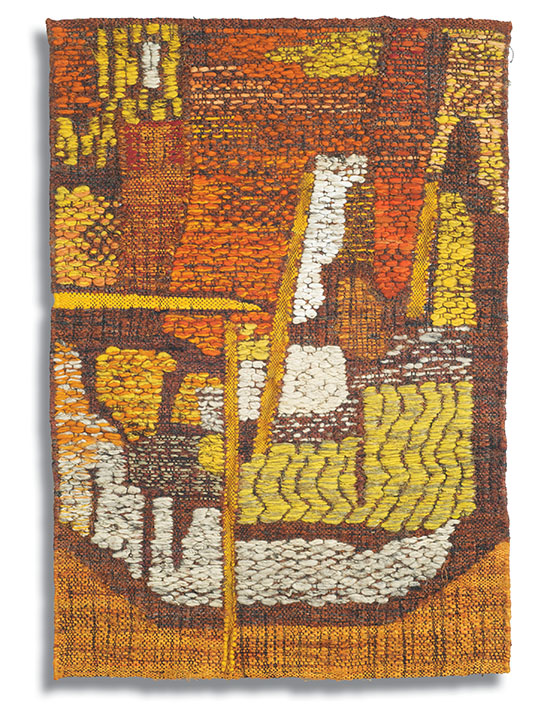
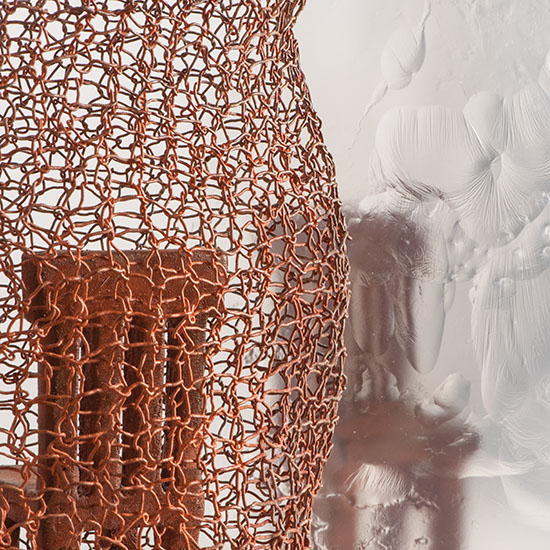
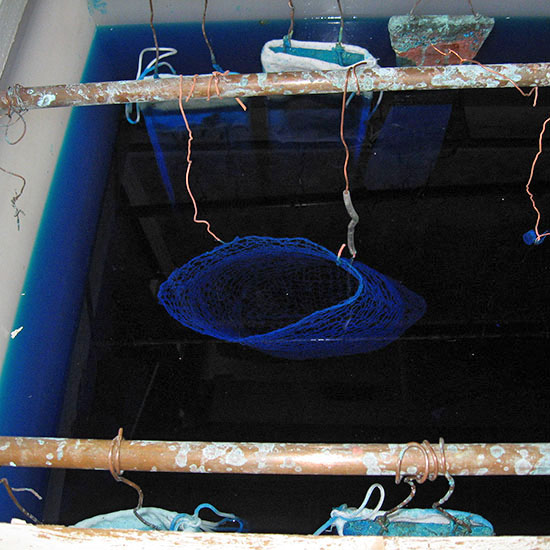

We Told You So: Fiber Art Continues to Trend
22sh/r Color Alphabet Tapestry by Sheila Hicks, wool, silk, 6’ x 6’, 1982. Photo by Tom Grotta
Last year we predicted that fiber art’s new-found popularity would continue into 2015. You need not take just our word for that — take the Wall Street Journal’s. Earlier this month, the paper identified fiber as the “Art World’ New Material Obsession,” http://www.wsj.com/articles/the-art-worlds-new-material-obsession-fiber-1439565675 and dubbed Sheila Hicks and Françoise Grossen “overlooked masters.” The short piece quotes Sheila Hicks, “I always joke that fiber is my alphabet. I can say an unlimited range of things.” (The Hicks’ work featured here, Color Alphabet Tapestry (1982), is an ideal example.) The New York Time’s review of Françoise Grossen’s long-awaited US survey exhibition, “Françoise Grossen, a Fabric Artist Inspired by Other Fields,”
FROM THE MERMAID SERIES IV, Francoise Grossen, poly, metal, paper, braided, 16″ x 72″ x 72″
http://www.nytimes.com/
2015/08/07/arts/design/
review-francoise-grossen-a-fabric-artist-inspired-by-other-fields.html, adds additional context. The author, Martha Schwendener, quotes Grossen describing the approach of pathmaking fabric artists of the 60s, “First we broke with the rectangle, then we broke with the wall.” Interested in learning more? The contemporary art fabric movement is discussed (and illustrated) in our recent catalogs, Retro/Prospective: 25+ Years of Art Textiles and Sculpture, with essays by Jo Ann C. Stabb and Lesley Milar, MBE and Influence and Evolution: Fiber Sculpture…then and now with an Essay by Ezra Shales, PhD
Influence and Evolution: Fiber Sculpture…then and now
catalog cover artwork by Federica Luzzi
http://www.browngrotta.com/Pages/catalogs.php.